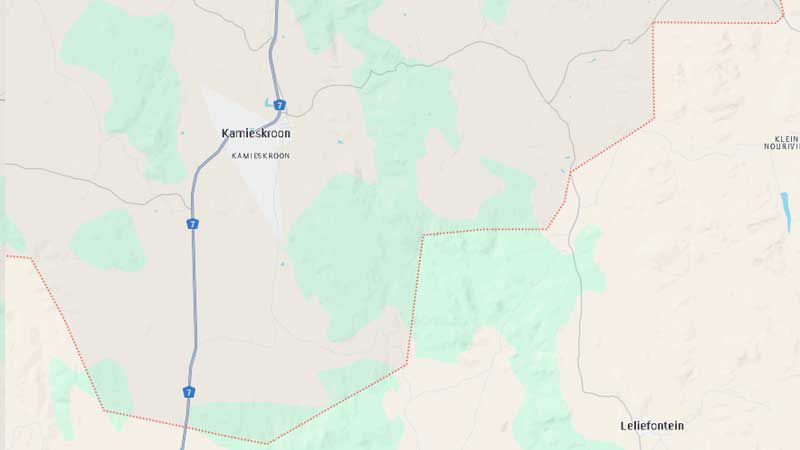Methodist Church and Parsonage at Leliefontein
Architectural Significance of Leliefontein's Church
A Glimpse into History
Architectural Beauty and Cultural Importance
Nestled 30 kilometers southeast of Kamieskroon, the Methodist Church and Parsonage at Leliefontein stand as a testament to the rich cultural and spiritual history of the region. Established as a mission station in 1816 on land granted by Lord Cathcart, Leliefontein served as a sanctuary for the Namaqua people, fostering community and faith.
The church, completed in 1855, features distinctive neo-Gothic architecture, a rarity in the region. Its original thatched roof has since been replaced, but the building remains a striking example of 19th-century craftsmanship. Adjacent to the church, the parsonage, built even earlier, offers visitors a glimpse into the living conditions of past clergy and their families.
Visiting the Methodist Church and Parsonage
-
Cultural Heritage: Learn about the Namaqua community and the impact of missionary work in South Africa.
-
Architectural Marvel: Admire the neo-Gothic style and its historical uniqueness.
-
Serene Setting: Leliefontein offers a peaceful environment, ideal for reflection and exploration.
-
Educational Value: Gain insight into South Africa’s colonial and religious history through this preserved landmark.
For history enthusiasts and architectural admirers, a visit to the Methodist Church and Parsonage at Leliefontein is both inspiring and enlightening.
FAQ - Frequent Questions
The mission station was established in 1816, and the church was completed in 1855.
The church features neo-Gothic characteristics, which are uncommon in the region, and it originally had a thatched roof.
Leliefontein is situated 30 km southeast of Kamieskroon in the Northern Cape province of South Africa.
The station was established on a loan farm granted by Lord Cathcart to the Namaqua people.
Visitors can experience a serene setting, explore cultural heritage, and admire historical architecture.
